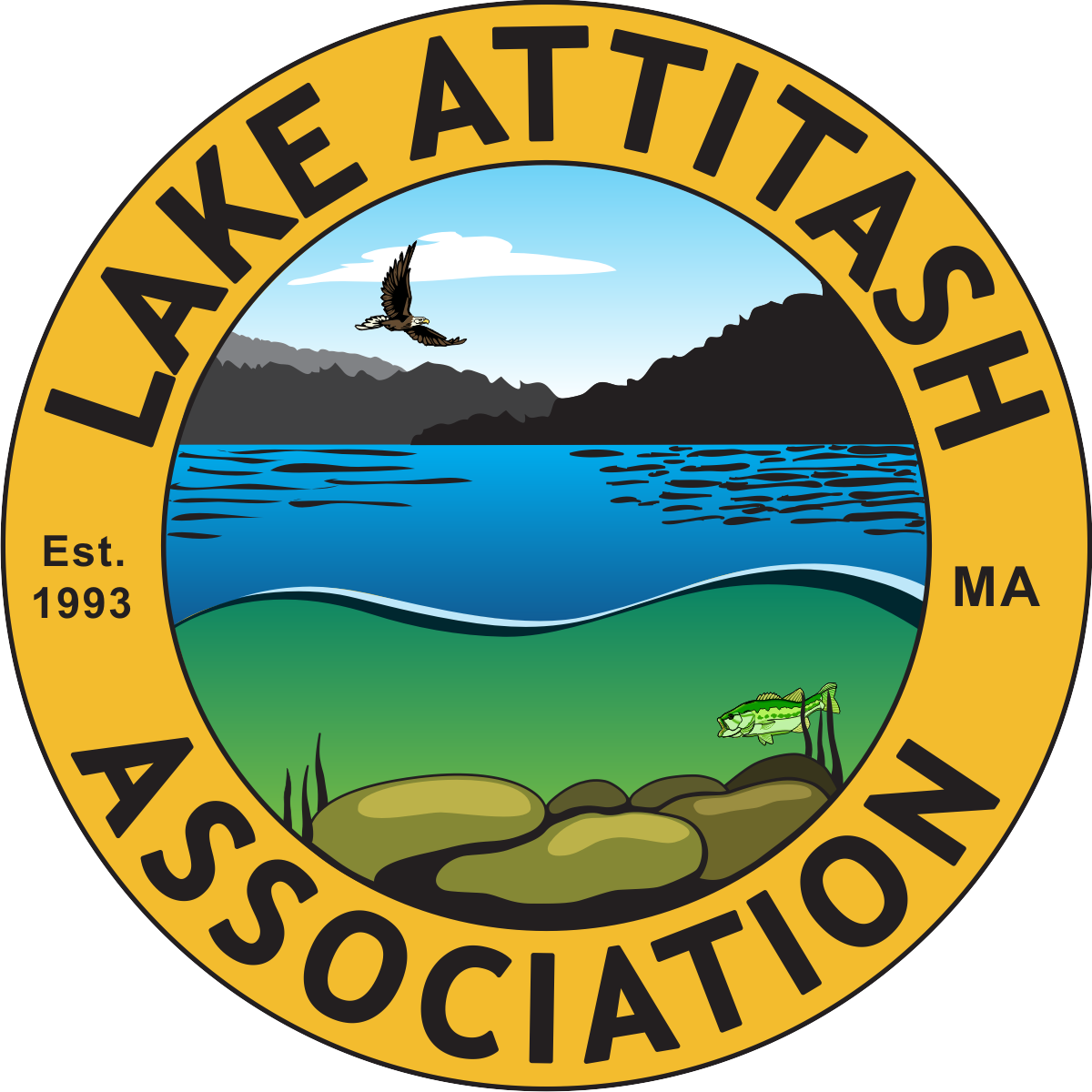Protecting the Lake: Stormwater, Rain Barrels, Gardens, Surfaces

AFTER THE STORM – A GUIDE TO UNDERSTANDING STORMWATER
What is storm water runoff?

Storm water runoff occurs when precipitation from rain or snowmelt flows over the ground. Impervious surfaces like driveways, sidewalks, and streets prevent storm water from naturally soaking into the ground.
Why is storm water runoff a problem?
| Storm water can pick up debris, chemicals, dirt, and other pollutants and flow into a storm sewer system or directly to a lake, stream, river, wetland, or coastal water. Anything that enters a storm sewer system is discharged untreated into the waterbodies we use for swimming, fishing, and providing drinking water. |

The Effects of Pollution
| Polluted storm water runoff can have many adverse effects on plants, fish, animals, and people. Sediment can cloud the water and make it difficult or impossible for native aquatic plants to grow and provide an ideal habitat for nuisance aquatic weeks. Sediment also can destroy aquatic habitats.Excess nutrients can cause algae blooms that can pose a serious health hazard. When algae die, they sink to the bottom and decompose in a process that removes oxygen from the water. Fish and other aquatic organisms can’t exist in water with low dissolved oxygen levels. Bacteria and other pathogens can wash into swimming areas and create health hazards, often making beach closures necessary. Debris—plastic bags, six-pack rings, bottles, and cigarette butts—washed into waterbodies can choke, suffocate, or disable aquatic life like ducks, fish, turtles, and birds. Household hazardous wastes like insecticides, pesticides, paint, solvents, used motor oil, and other auto fluids can poison aquatic life. Land animals and people can become sick or die from eating diseased fish and shellfish or ingesting polluted water. Polluted storm water often affects drinking water sources. This, in turn, can affect human health and increase drinking water treatment costs. | |
What can residents who live in Lake Attitash watershed do to prolong the benefits of the 2019 / 2020 grant funded alum treatment? Our responsibility is to limit the flow of nutrients and pollutants from entering our lake.
This is OUR watershed:

What is a watershed? A watershed is the area that drains into a waterway, such as a stream, lake, estuary, wetland or even the ocean. Watersheds provide our drinking water, habitat for wildlife and the streams and lakes that we use for fishing, boating and swimming.
Why is it so important to manage storm water within our watershed? Large impervious surfaces such as roofs, driveways and parking areas prevent rain from being absorbed into the earth. As this water passes over these impervious surfaces it picks up sediment loaded with nutrients from fertilizer; bacteria from animal poop; and pathogens and chemical pollutants on the way to the storm drain. Any water that enters a storm drain, or flows from your property to a nearby stream or to the lake is “untreated,” which means that the polluted sediment is not filtered out by the earth or allowed to settle out like it might if it were directed into a raingarden or retention basin. There are many local storm drains that empty untreated runoff directly into Lake Attitash.
What can we do to reduce water use, and help rain water seep into the ground rather than run off into a storm drain or directly into the lake?

Use Rain Barrels – Rain barrels collect rainwater from your roof gutters. This water can be used for gardening. A rain barrel can save an average of 1300 gallons of water during peak summer months.
A quick search on the internet will give you many good local options. These barrels are affordable and now come in many different models to fit your aesthetic needs.
Create Porous Surfaces – When planning or renovating a patio, walkway or driveway, use porous materials like pervious pavers, gravel, sand, or stones when you can. Avoid black top if possible.
Create Buffer Gardens
Build Rain Gardens
By reducing the amount of unfiltered water running off into Lake Attitash we will be reducing the amount of nutrients that are washing into the lake. These nutrients feed the cyanobacteria that turn the lake green and create harmful algal blooms. By doing our part we can prolong the effective life of the 2019 / 2020 alum treatment.
